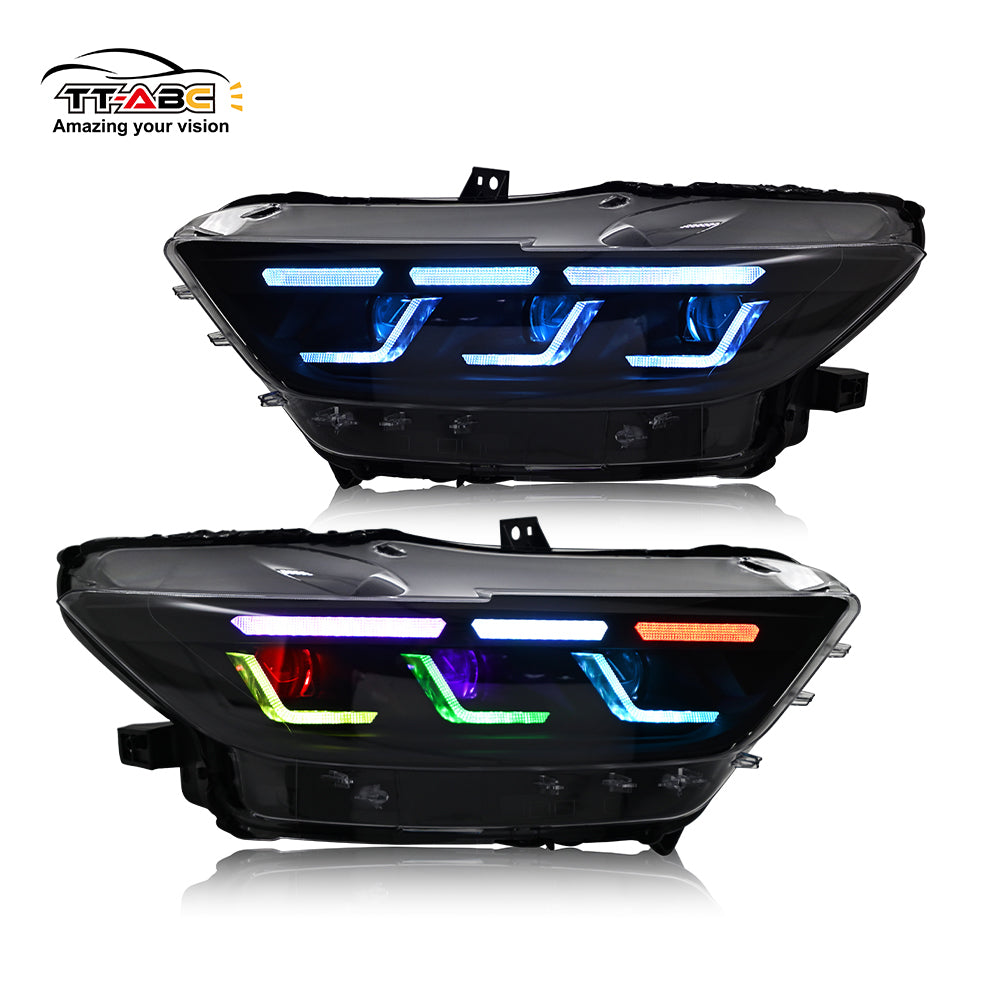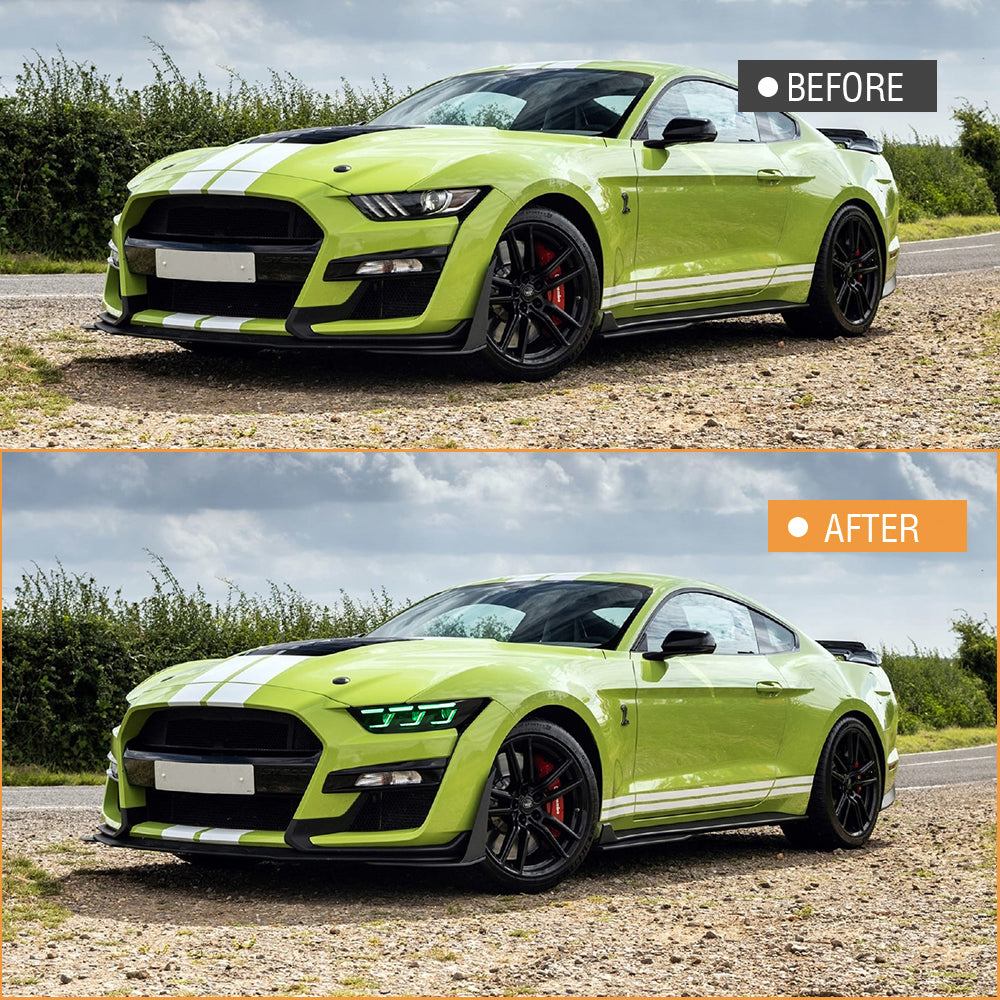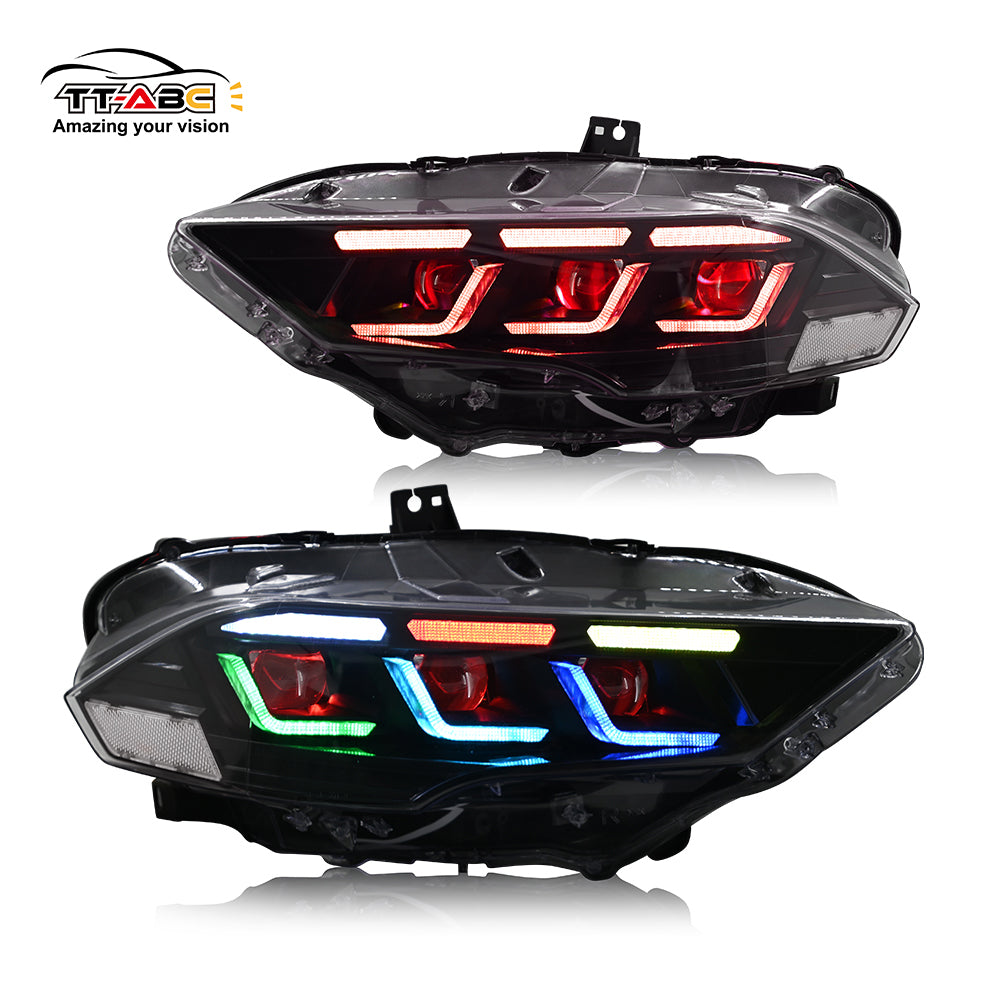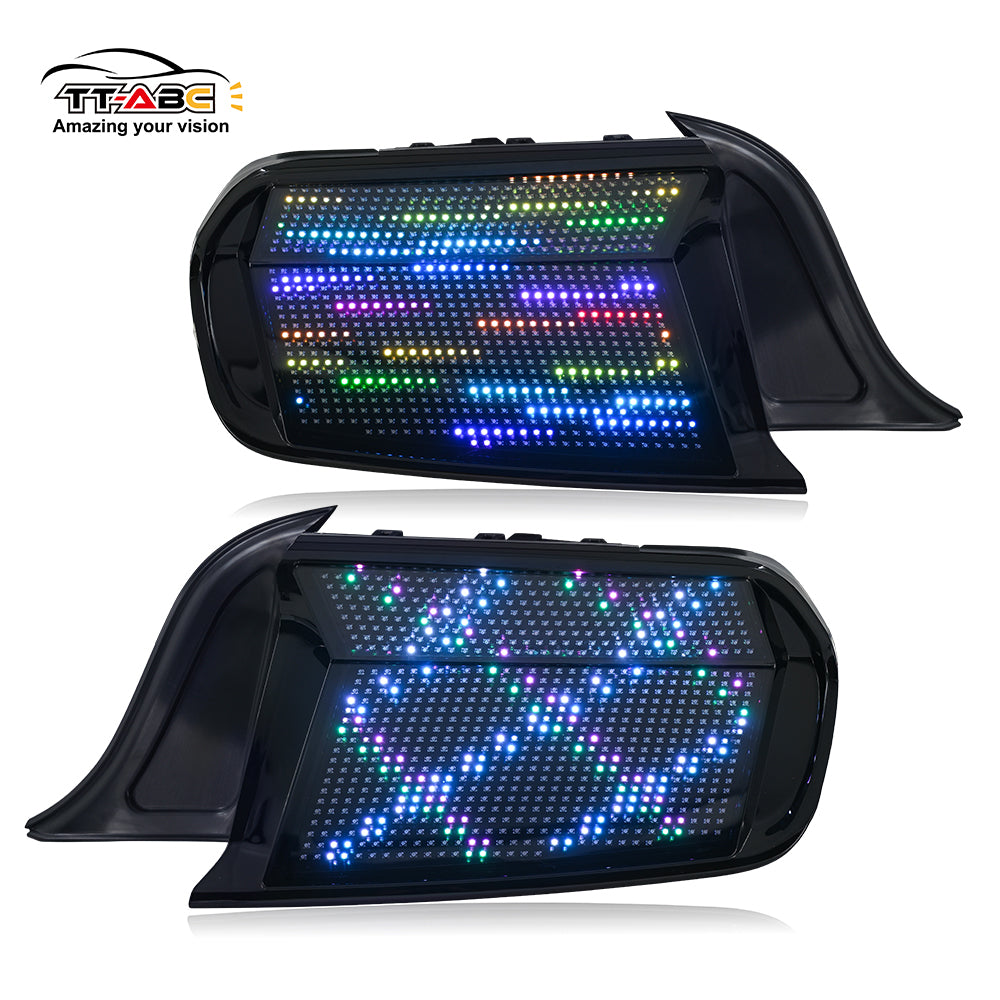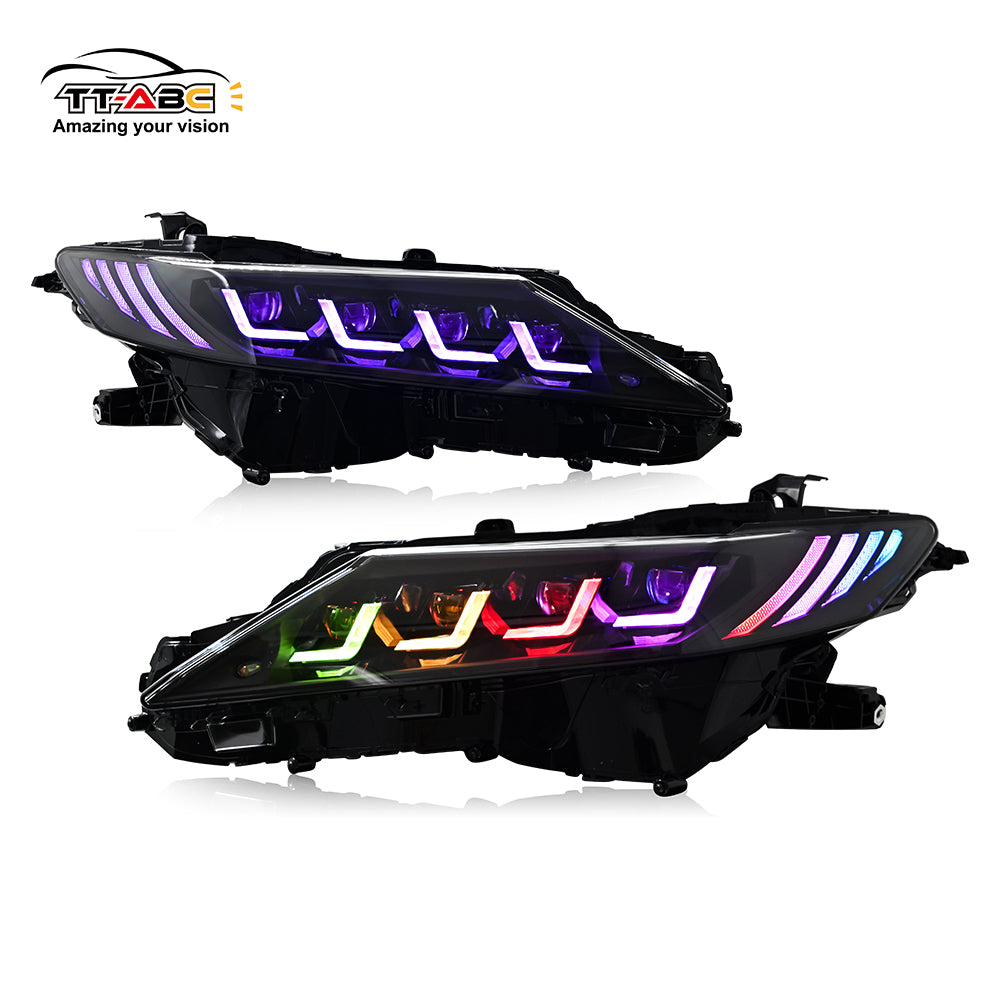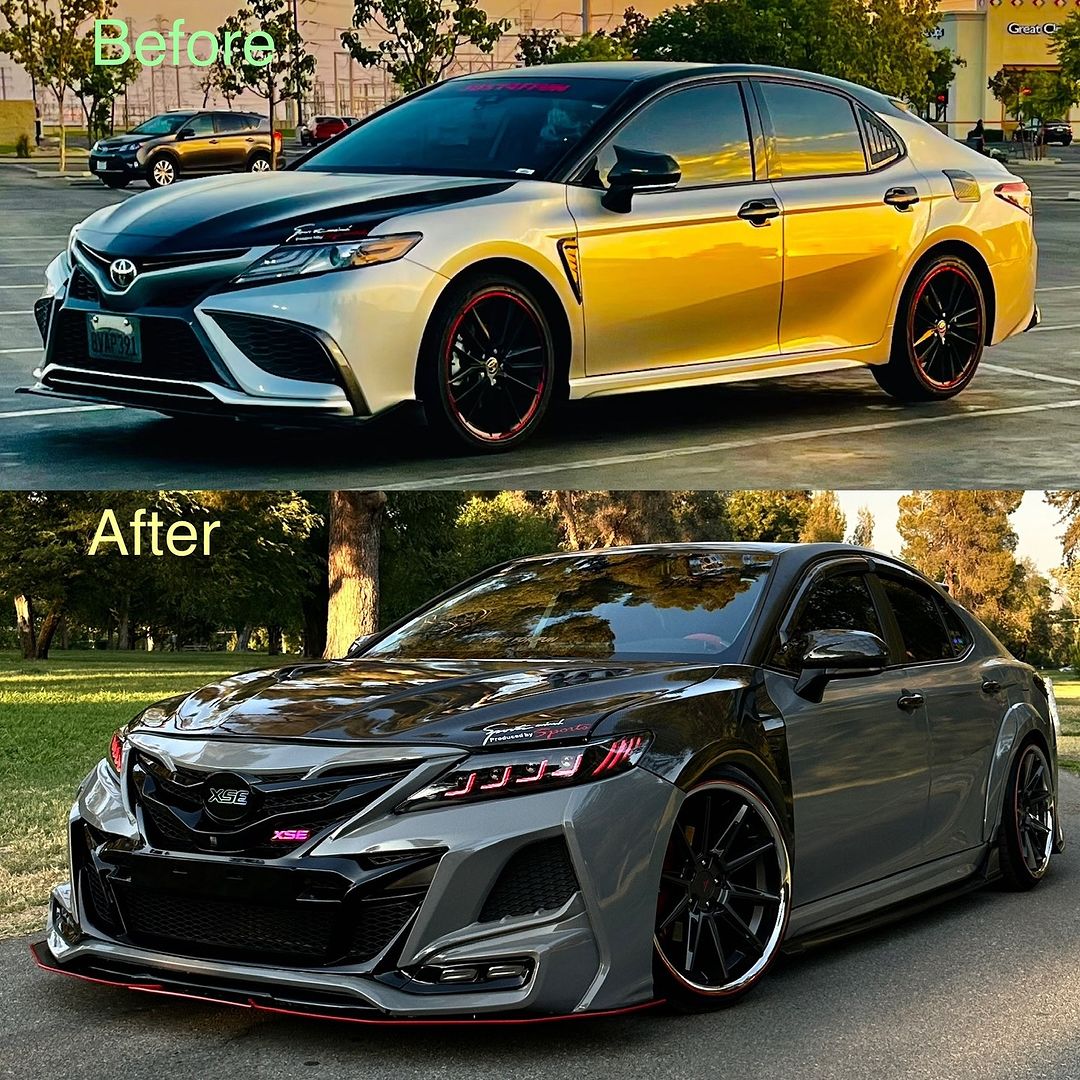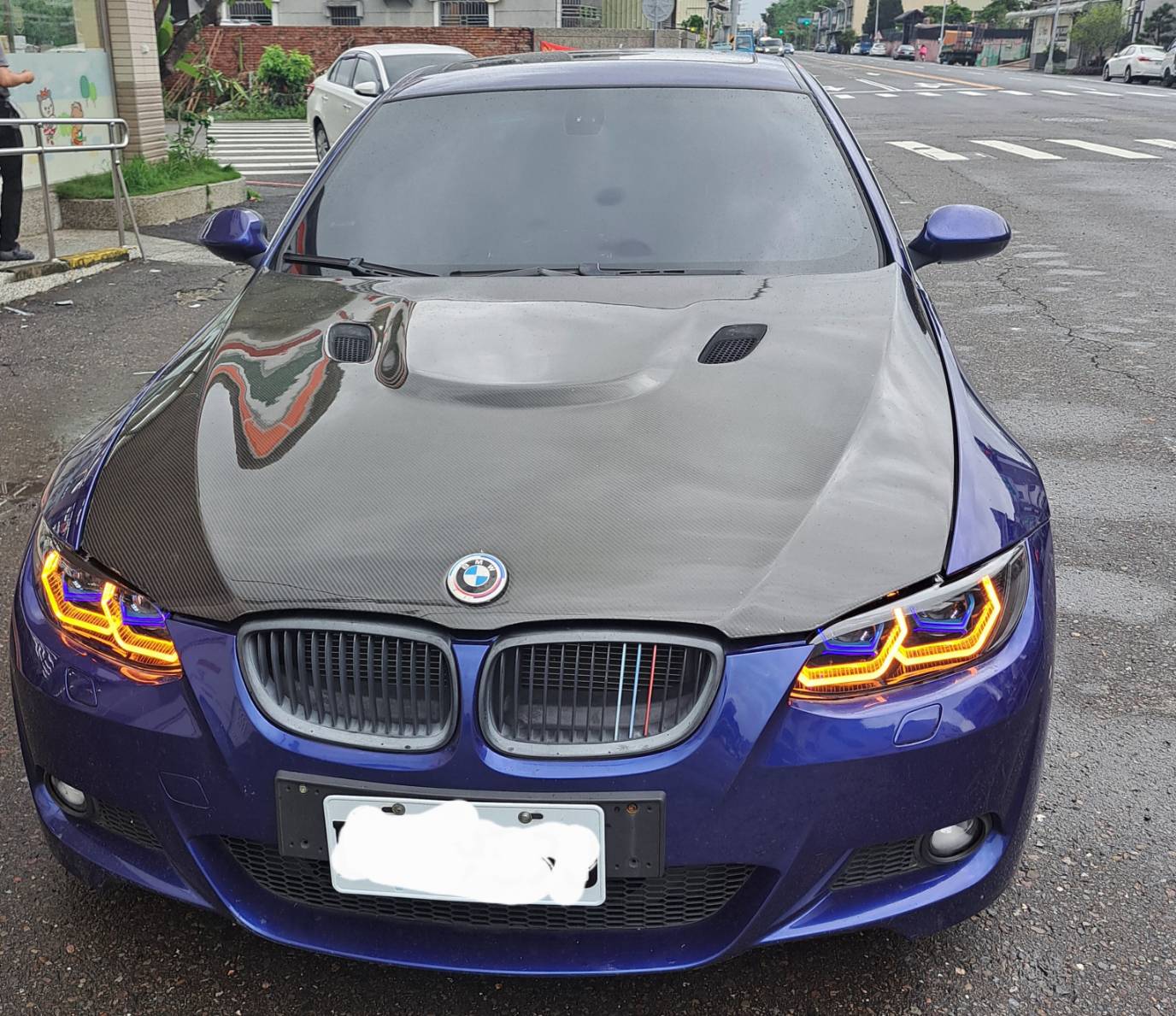The difference between turbine and self-priming:
1. Different working principles: Turbocharged engines use exhaust gas to push the impeller and increase engine air intake to obtain power; naturally aspirated engines are powered by repeated intake combustion of multiple cylinders.
2. Different noise levels: Turbocharged engines have high speeds and therefore are noisy. However, naturally aspirated engines have quiet ride comfort and low noise at idle speed.
3. Different air intake methods: This is also the biggest difference between naturally aspirated engines and turbocharged engines. Naturally aspirated engines draw air into the cylinder through the attraction of the piston working downward, while turbocharged engines draw air into the cylinder through the turbocharger. Air is pressurized and blown into the cylinder.
4. The maintenance of turbocharged engines is higher than that of naturally aspirated engines. Because the turbocharger is very powerful, regardless of performance or reliability, the turbocharger will decay faster than self-priming, resulting in a significantly higher maintenance cost for the turbocharger.
5. The speed at which power is provided is different: a turbocharged engine has the intervention of a turbocharging system to provide power at a faster speed; however, a naturally aspirated engine provides power at a slower speed. Under the same displacement, turbocharging The engine is more powerful than a naturally aspirated one, and once the turbine is involved, the speed of the vehicle is very noticeable.
6. Different fuel consumption: With the same displacement, the engine of a turbocharged vehicle is more fuel-efficient when working quickly. If the vehicle is often used in urban areas, the fuel consumption of the turbocharged vehicle is likely to be higher than that of the self-priming vehicle. Worse, if you often drive on the highway, turbocharging is very fuel-efficient in comparison.
7. The manufacturing cost of turbocharged engines is higher than that of naturally aspirated engines. In terms of manufacturing cost, the turbocharger itself is an additional part, and due to the high temperature and high pressure of the working environment, the requirements for its material itself, and the high-precision manufacturing cost, the procurement cost will be much higher than that of other parts. Coupled with the configuration of the intercooler, these will be reflected in the terminal sales cost.
8. Different power: If the vehicle displacement is the same, the turbocharger will be more powerful than the self-priming one. Or under the same displacement, it is obvious that the power of the vortex supercharged explosion is stronger than that of naturally aspirated.










